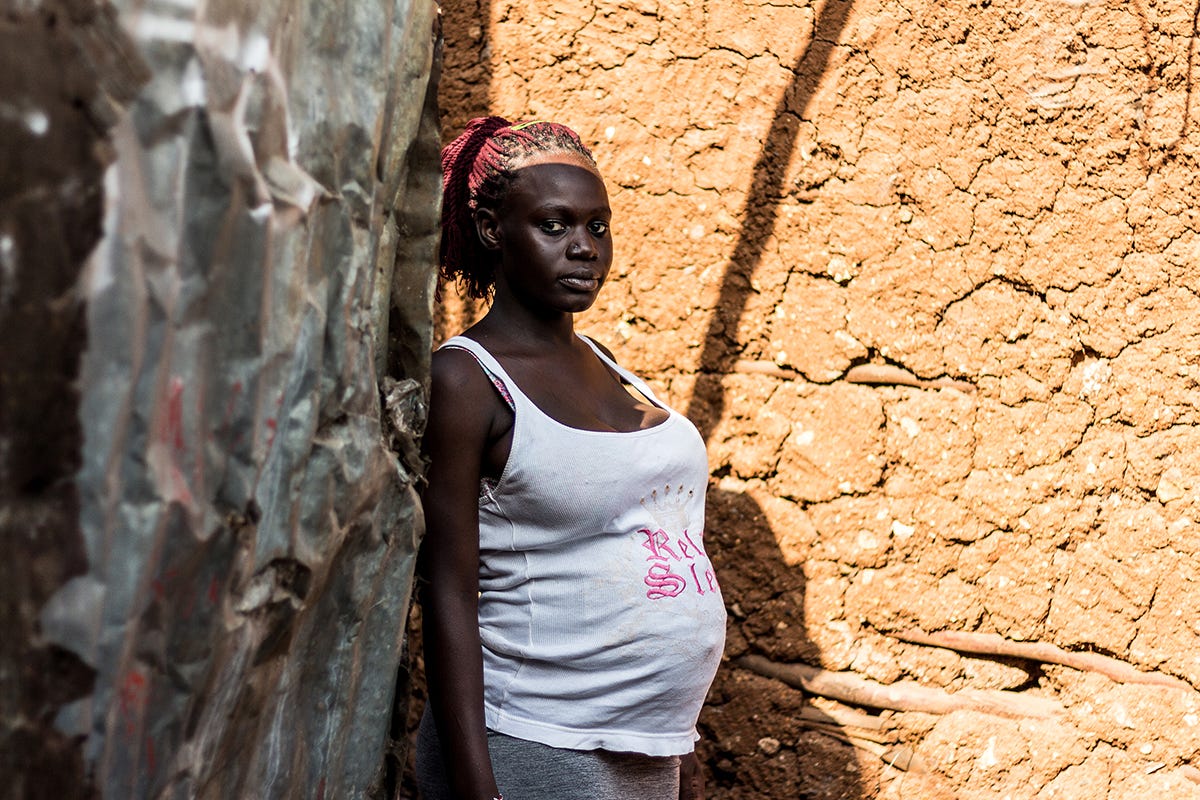That almost one in five Kenyan teenage girls is a mother represents not only a huge cost to the health sector but also a betrayal of potential on a shocking scale.
November 20, 2018, marks International Children’s Day. Perhaps a day we should use to reflect on a national crisis of underage pregnancies that confronts us.

Recent media reports of the high number of girls failing to sit their final secondary school examinations (KSCE) only reveal the extent to which we have continued to sweep under the carpet candid discussions about adolescent sexuality.
Kenya’s Education Cabinet Secretary, Amina Mohamed said that the country must confront this worrying trend.
“We must have this conversation. We cannot bury our heads in the sand. It is happening to our children, our sisters, and even our young brothers. We will deal with it or it will not go away,” No doubt CS Mohamed has a tough job ahead.

Consider this. Statistics from the United Nations Population Fund (UNFPA) indicate that between June 2016 and July 2017, 378,397 adolescents in Kenya aged 10 to 19 got pregnant.
The carpet’s edges are now too frayed to conceal our failure to act; we no longer can afford the blissful pretence about sexual activity among our teenagers. Nor can the responsibility for decisive solutions be shunted around.
Numerous studies have documented the fact that a high number of teens are already sexually active. These young girls are part of the four in ten women in Kenya aged between 15 and 49 who have unintended pregnancies. There can be no illusions about what they need: accurate, up-to-date information and access to effective contraception.

It is time to take a wholesome picture of the social and economic price society is paying when 15 percent of its teenage girls become pregnant. For virtually all of them – and statistics say a majority are from poor families – it means an end to any dreams of coming out of poverty because they cannot continue with education.
Complications during pregnancy are the second cause of death for 15 to 19-year-old girls, therefore it means their already poor families have additional health care costs to meet. Children born to such young mothers are more prone to physical and cognitive development.

The overall effect is a perpetuation of the cycle of poverty that brings personal catastrophe while weakening social and economic development and adding strain to already stretched medical services.
In reproductive health, as in most things, knowledge is power. However, across sub-Saharan Africa, too many teenage girls lack knowledge of their bodies, their contraceptive options, and their rights. The notion of rights is central.

As the UNFPA report The Power of Choice states, in countries where rights to health, education and opportunity prevail, fertility rates tend to be lower. Through exercising their wider rights, people exercise choice about the timing and number of their children.
In order for every girl to achieve her full human potential, how can the entire country be engaged to initiate a change in mindset in Kenya? How can a national conversation on this subject be leveraged into national action?